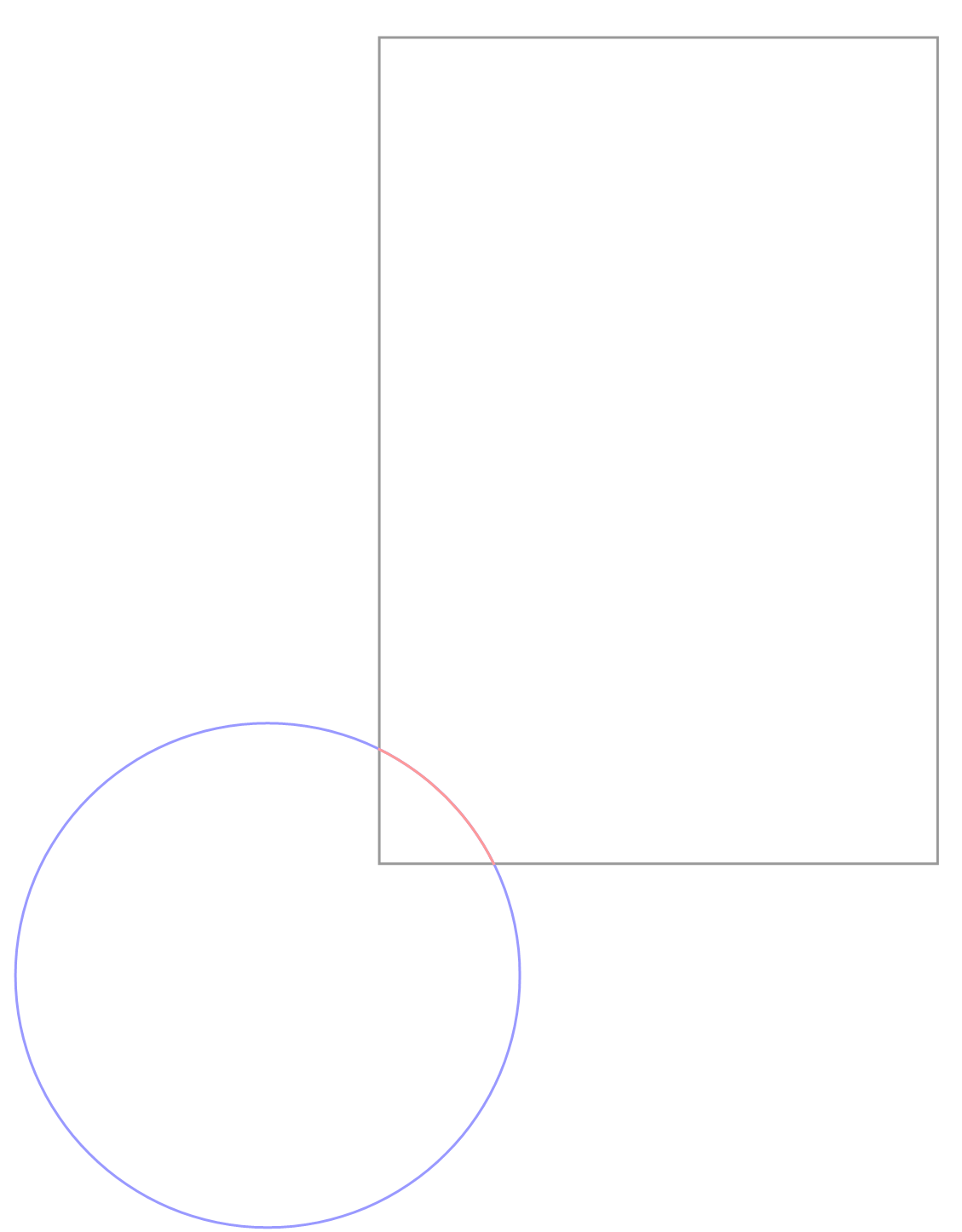Consider the following task:
There are two cross-sections: the first one is located in the $yz$ plane (the case 1), and the second one is in the $xy$ plane (the case 2). In the spherical coordinate system, given the known value of the polar angle $\theta$, I want to estimate the domain of azimuthal angle $\phi$ for which the vector $\mathbf{r} = r(\cos(\phi)\sin(\theta),\sin(\phi)\sin(\theta),\cos(\theta))$ intersects the plane.
In case 1, it is simple:
(*Radius R of a circle assuming fixed longitudinal distance \
Subscript[x, long] and the angle th*)
ROffAxisArb[th_, xLong_] = xLong*Tan[th];
(*Circle and a disk defined by the value of Subscript[x, long] and th*)
ParticleAsimuthalCoverage[xLong_, th_] =
Circle[{0, 0}, ROffAxisArb[th, xLong]];
x1Perpmin = 0.5;
x2Perpmin = 0.5;
x1Perpmax = 3;
x2PerpMax = 4.2;
(*Cross section located at the distance Subscript[x, long]*)
CrossSection1 =
Rectangle[{x1Perpmin, x2Perpmin}, {x1Perpmax, x2PerpMax}]
(*Region of the intersection of the R-circle and the cross section*)
Allowed\[Phi]ValuesZ[xLong_, th_] :=
RegionIntersection[CrossSection1,
ParticleAsimuthalCoverage[xLong, th]]
Show@Graphics@{Black, RegionBoundary[CrossSection1], Blue,
ParticleAsimuthalCoverage[3, 0.36], Red,
Allowed\[Phi]ValuesZ[3, 0.36]}
But how to evaluate the allowed $\phi$ range for case 2? This task should be similarly 2D, but I am looking for some Mathematica function projecting the circle on the plane.
Could you please help me?



CircletoDiskor there will be no intersection. Consider two circles:reg1 = Circle[{0, 0}, 1];andreg2 = Circle[{0.5, 0}, 1];and find:RegionIntersection[reg1, reg2]$\endgroup$Linehas no area. With a disk it will be as shown in red. $\endgroup$